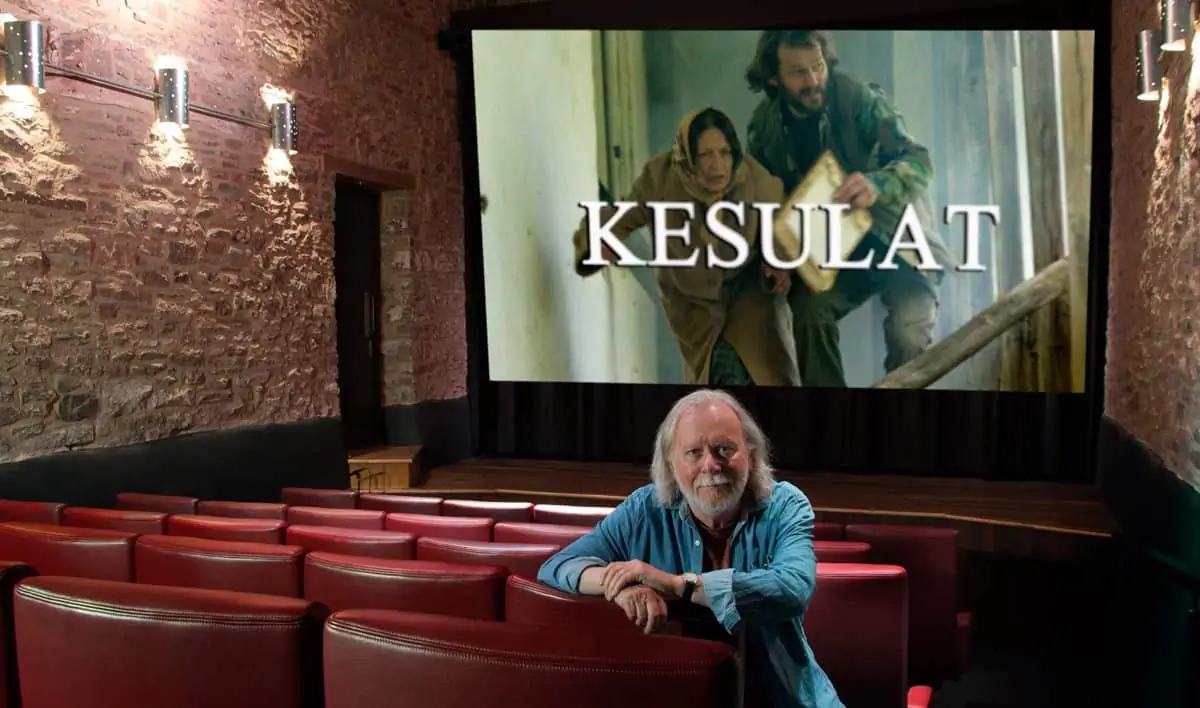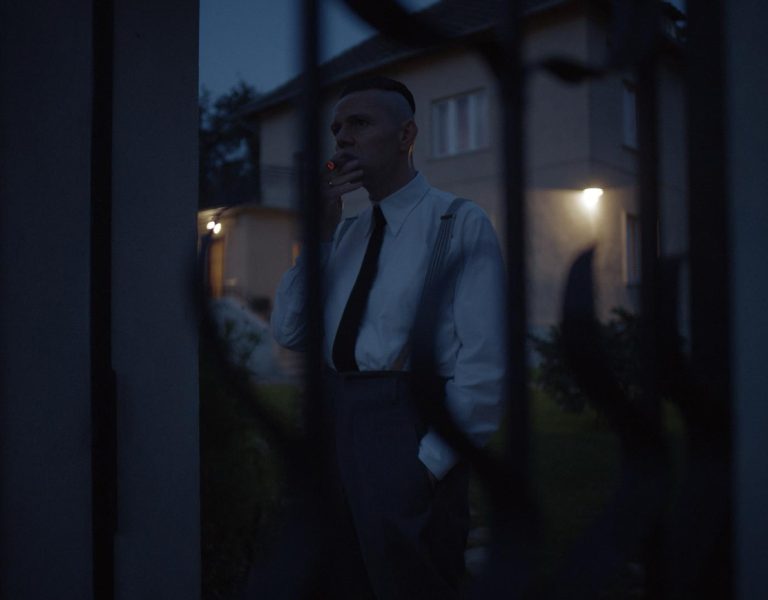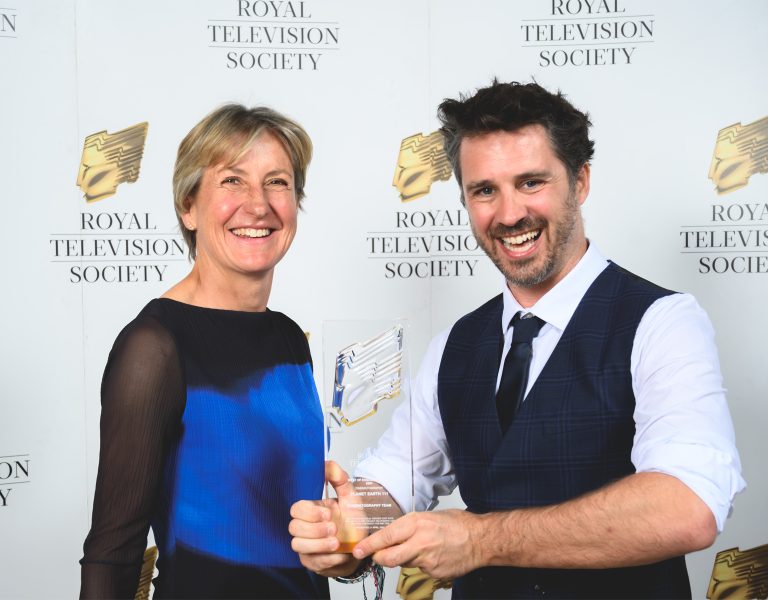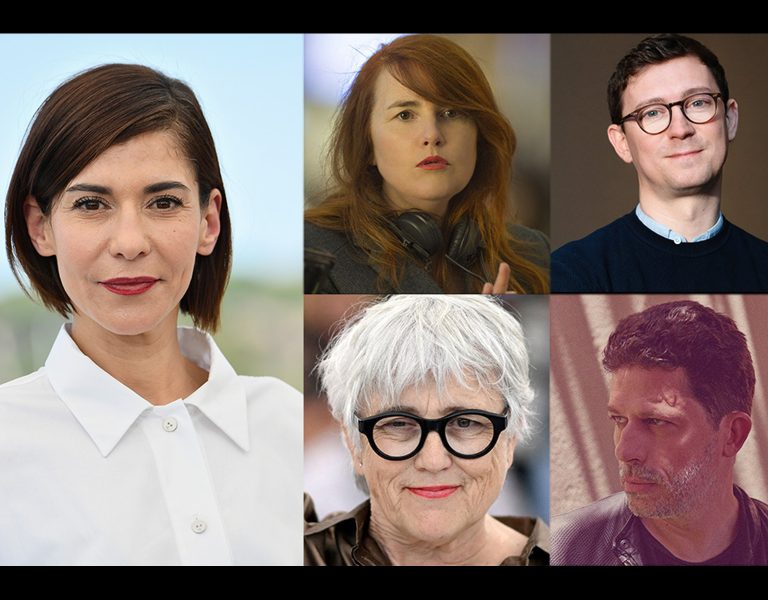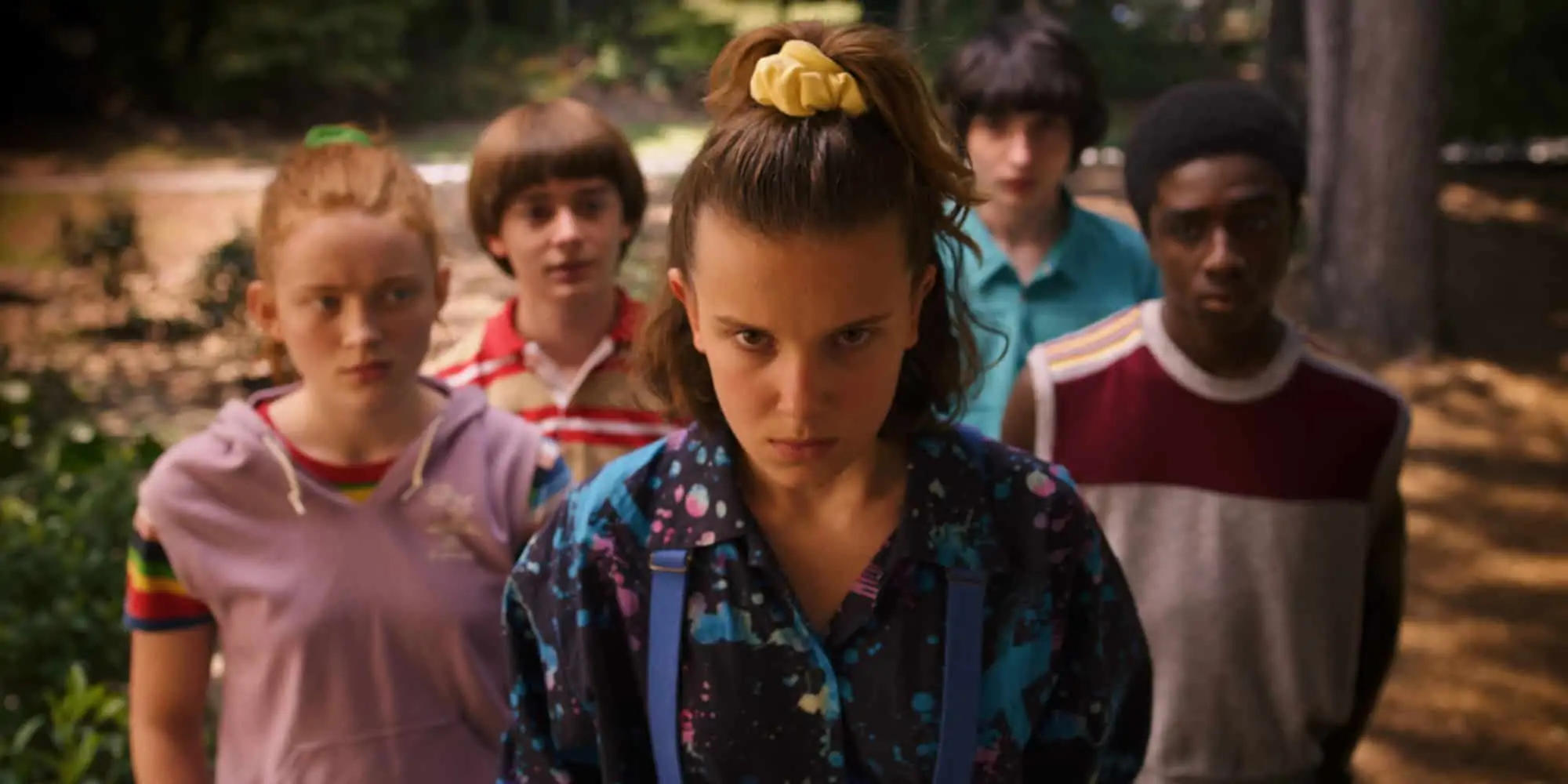
Netflix’s wildly-popular, horror fantasy series, Stranger Things, has returned for its third run, featuring aesthetic and technical differences that move the show into new territory.
Partnering since the first episode, with the show’s writers/directors – brothers Matt and Ross Duffer – was director of photography Tim Ives ASC. Together, the filmmaking team hit upon a vision for the drama that recalls the best moments of 1980s film culture, notably in movies from Steven Spielberg’s Amblin stable. Whilst E.T. The Extra-Terrestrial (1982) and the work of Allen Daviau ASC in lighting and camera movement remained the core text for Ives, season three also referenced James Cameron’s Terminator 2: Judgement Day (1991, DP Adam Greenberg ASC).
“Referencing the look of T2 gave us a tone that’s a little cooler at night, one where you see into the shadows instead of them being completely black,” says Ives, who was responsible for episodes 1, 2, 5 and 6, while Lachlan Milne took on episodes 3, 4, 7 and 8. “We wanted the details to be in the shadows and we wanted the contrast, but at the same time we didn’t want it to feel flat or over-lit.”
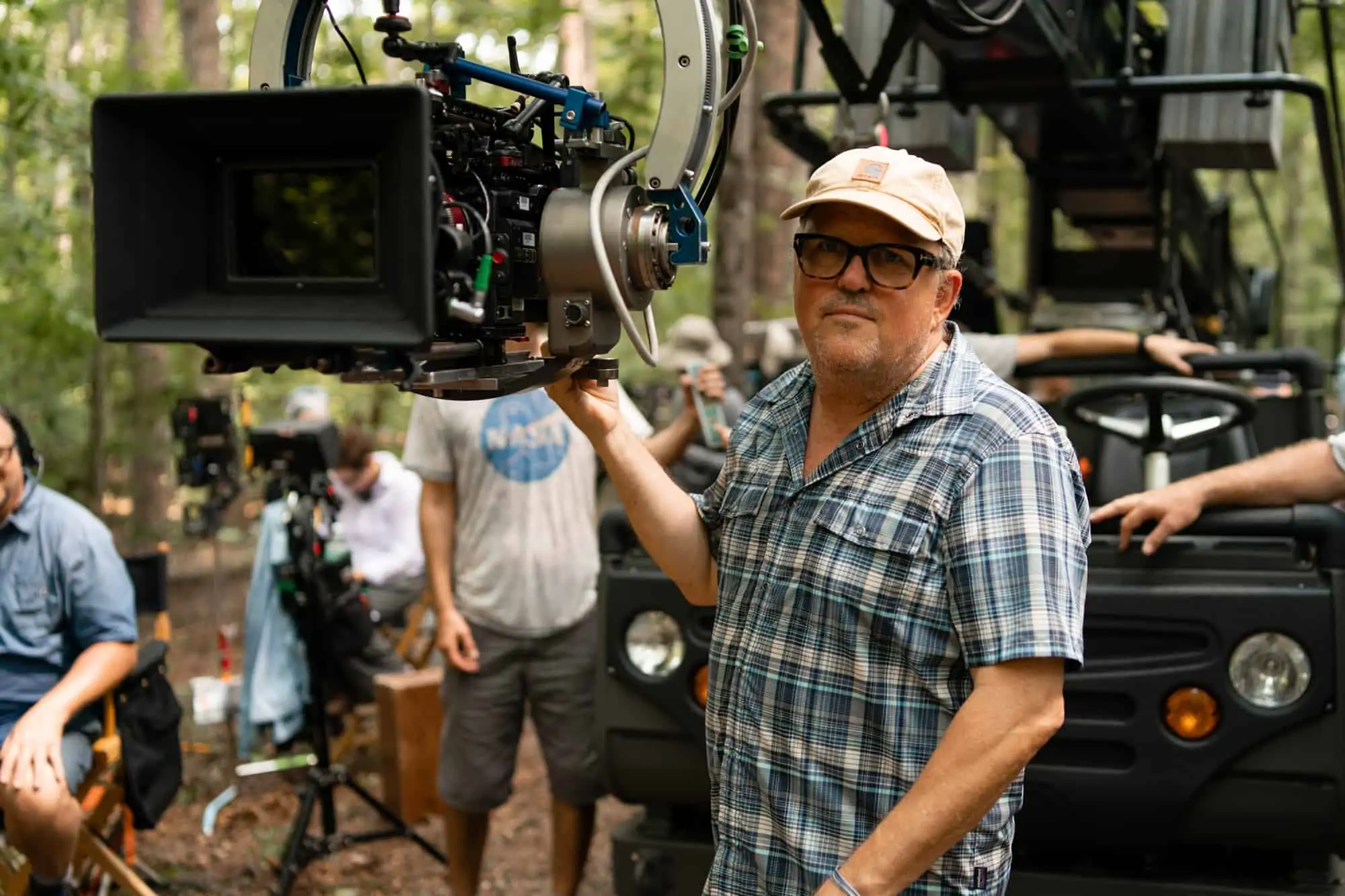
Set in 1985 when Back To The Future ruled the box office, season three’s storyline features construction of a new shopping mall presided over by the town’s corrupt mayor. Unsettling events build to the Fourth Of July fireworks celebrations.
As the storyline has progressed, the production has also evolved to take advantage of the latest Red camera technology.
“Red has played a big part on Stranger Things,” Ives explains. “Netflix asks for a 4K base but, when we started on the show in 2016, 4K was a relatively new format, and there weren’t that many camera options. I tested them all and found the combination of Red Dragon with Leica Summilux-C lenses to be very filmic, smooth and reminiscent of vintage Kodak stock 5293.”
“We knew we had a great look and a terrific story, but no one could have anticipated the enormous success of the show,” Ives says. “It went global quickly, so for season two we wanted to retain all the elements of its success whilst taking advantage of the advances in sensor technology. On the first season, we used the Dragon, which was base-rated at 800. For season two, we swapped to the Helium, which gave us far greater latitude in low-lit scenes. We shot 7K for a 6K extraction, which allowed some extra room for our large ensemble in action scenes and gave us more resolution for the VFX shots.
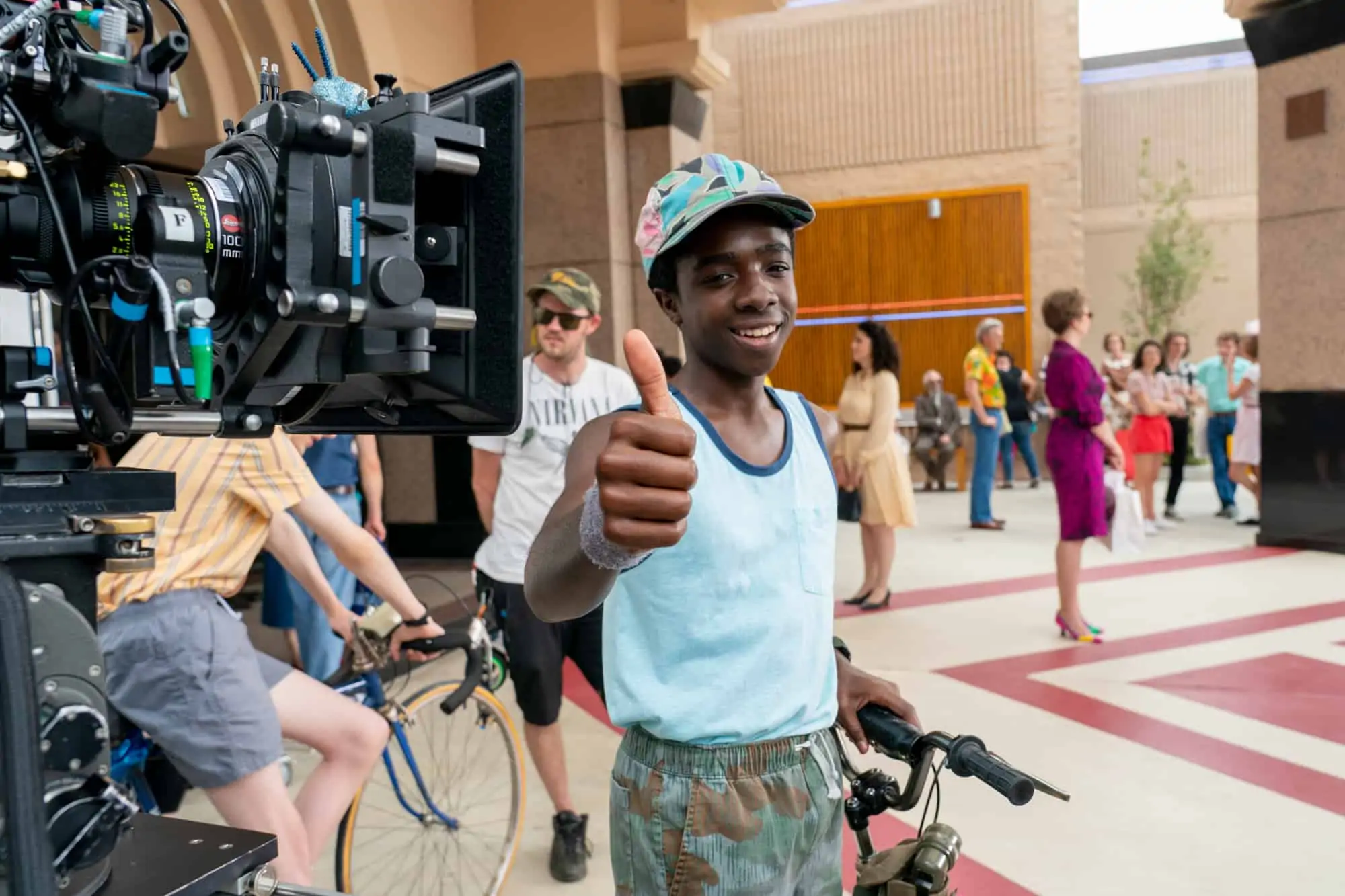

“On season three, we used the Red Monstro and it is a gamechanger,” he declares. “What the Duffer Brothers were interested in was the opportunity of working with a large format. We did test other large-format cameras but the Monstro sensor blew us away. The lower light sensitivity was remarkable – there’s very little grain whatsoever, even at ASAs higher than previously reached.”
Season three’s storyline takes place during the summer and therefore has more scenes in open daylight than in previous episodes.
“This season is a rollercoaster ride,” Ives explains. “The kids are out of school and dressed in ‘80s fashion, which allowed for more colour saturation than previous seasons. Whilst Red gives us consistency across the seasons, we definitely wanted to keep it moody and mysterious at night. The Monstro sensor allowed me to do that whilst keeping a feeling of summertime abandon to the daytime exteriors. We still didn’t want to look too modern though, which is why the lenses were important to add softer, rounder edges. We also altered the LUT to be a little less murky. The intent was still to make the show look pre-digital and as filmic as possible.
https://www.youtube.com/watch?v=YEG3bmU_WaI
“Moving to the Monstro, we took advantage of the fuller-frame large sensor. I hope the audience will subconsciously notice the difference. The larger format made our sets feel bigger and grander, the exteriors felt wider and the close ups feel bigger.”
Ives chose the Summilux-Cs for Leica Thalia large-format lenses to keep their established look and feel while still moving it forward.
“I shot T2.8 to T4 regularly. Even at T4 to T5.6 the image had the fall off I wanted and the bokeh is stunning. With the sensor shooting clean at higher ISOs, the stop doesn’t matter as much for lighting. Even at 800 ISO we were at a T4.0 and it was never a problem.”
With more visual effects than in previous seasons, season three moved to an 8K acquisition (8192 x 4320), with a 6:1 RedCode compression ratio and, as before, framed for a 2:1 aspect ratio, giving a slight letterbox presentation.
Ives says, “6:1 worked well for our pipeline with the amount of footage we sent, as well as offering strong picture quality for streaming.”
Colour science was managed in Red’s IPP2 pipeline using Gamma Curve LOG310, which is designed to precisely encode the full tonal range from the camera. EFILM colourist Skip Kimball once again worked with Ives to set the look.
“From our on-set feedback, Skip developed and continued to shape our LUT as we got deeper into the series’ dailies,” Ives says. “We shot for HDR but lit for SDR and then made sure the HDR pass didn’t see more than I want.”




